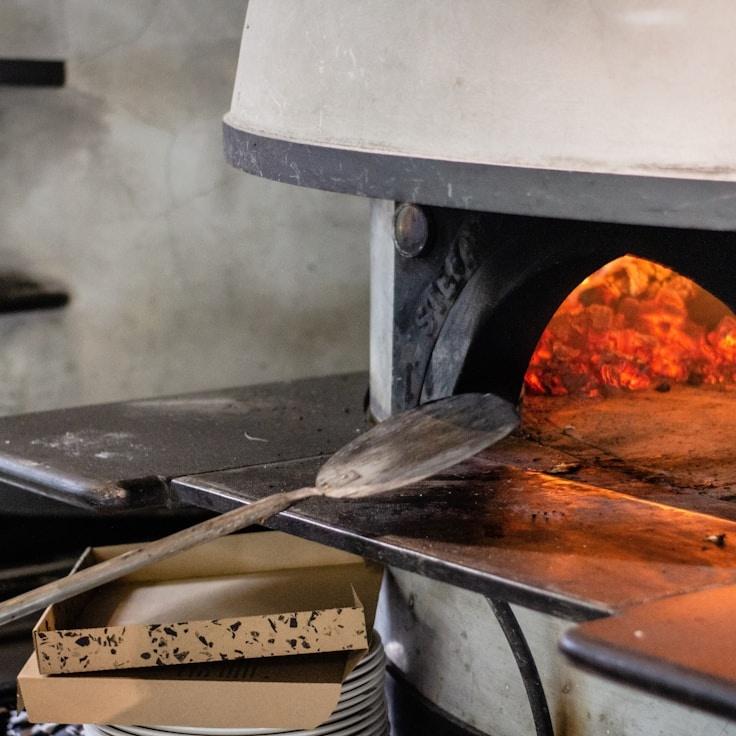At BrindLeway, we uphold the belief that outstanding pizza begins with outstanding dough. With over thirty years of refining our technique, we're thrilled to impart some wisdom for you to craft pizzeria-level pizza dough in your own kitchen. Although our precise mixture remains a closely guarded legacy, these key tenets will guide you in fashioning a superb dough.
Importance of Flour Quality
The bedrock of prime pizza dough lies in superior flour. 00 flour, which is ultra-fine Italian flour with a medium protein content of about 12%, is our preferred choice. This type strikes an ideal balance between elasticity and softness. Should 00 flour be unavailable, bread flour makes a decent alternative, but be prepared for a minor variance in the dough's feel.
Optimal Water Temperature and Dough Hydration
The water's heat index is crucial as it influences how long the dough takes to ferment and how it evolves. Use frigid water at approximately 45°F (7°C) for extended fermentation which enhances the taste, or tepid water at around 85°F (29°C) for accelerated fermentation. The ratio of water to flour, or hydration level, ought to be within 60-70% for typical household ovens.
Less Yeast, More Time
To achieve a richly flavored dough, our secret is to use a minor amount of yeast and extend the fermentation period. Our dough, which ferments over the span of 24 to 48 hours, contains merely 0.2% fresh yeast in relation to flour weight. The prolonged fermentation fosters a full flavor profile and results in a dough that's more digestible.
The Role of Salt Beyond Seasoning
Salt isn't simply for enhancing taste; it fortifies the gluten network and moderates fermentation. Fine sea salt at a measure of 2.5-3% of your flour weight is our suggestion. Introduce salt once the flour and water begin to merge, to avoid immediate yeast contact which could impede its effectiveness.
The Craft of Fermentation
Following the mix, let your dough undergo bulk fermentation at ambient temperature for two hours, then divide it into portions. Place these segments in sealed containers and chill them in the refrigerator for a duration of 24 to 72 hours. During this chill fermentation, enzymes break down carbohydrates into sugars, enriching the flavor and encouraging the appealing golden-brown color of our crusts.
Gentle Handling Techniques
When it's time to create pizzas, withdraw the dough from cold storage 1-2 hours in advance of baking to allow it to come to temperature. Treat the dough delicately to maintain the air bubbles that have formed. Instead of using a rolling pin, which can deflate the bubbles, employ your fingers to press and spread the dough carefully.
Heat: The Crucial Element
Although our ovens attain a high of 850°F (454°C), most residential ovens only go up to around 550°F (288°C). To make up for this, utilize a pizza stone or baking steel, pre-heating it for at least one hour. This mimics the intense under-heat required for a crispy crust and a fluffy interior.
Honing your skills in pizza dough crafting is an ongoing process. Each batch is a learning opportunity, so keep track, tweak elements, and learn what yields the best results in your personal cooking space.
To witness our dough preparation firsthand, consider attending our monthly pizza seminars where Chef Adrian will explain these skills thoroughly. Look at our events schedule for the forthcoming sessions!

